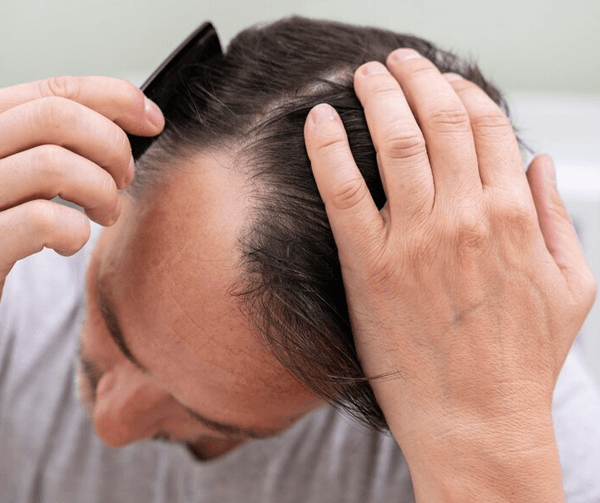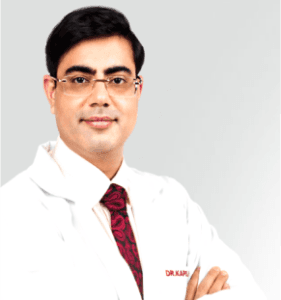To every mother, her child is the most beautiful baby in the world, no matter how they might look to the rest of the world. However, there are some children who are actually disfigured and to even to their own mother, this would be something that would be truly visible. One such disfigurement, that is actually much more common than most people would think, happens to be cleft lip and cleft palate.
Cleft lip, also known as cheiloschisis and cleft palate, also known as palatoschisis, are conditions that affect children all over the world, and while they might seem scary and untreatable to most parent, to doctors who specialise in the same, it is hardly a concern. As a matter of fact, today, understanding the trauma that children with cleft lip or palate, several doctors, all over the world, have set up special clinics, which help such children. In addition, today, innumerable doctors are carrying out cleft lip and palate repairs, pro-bono, which means that they do it free of cost.
In this article and the following one, we will take a look at every aspect associated with cleft lip and cleft palate.
- What is a cleft lip or cleft palate?
When the upper part of the lip is not formed properly, it is known as a cleft lip.
When the roof of the mouth is not formed properly, it is known as a cleft palate.
These conditions can either appear on their own, or even in combination. The treatment plan will be dependent on the severity of the condition.
- What causes cleft lip or cleft palate?
The conditions start developing, when your child is still a foetus and encased inside your womb. Studies have shown that the condition starts to develop in the early part of the foetal development. Certain portions of the upper lip as well as the roof of the mouth do not form properly, and this leads to the conditions, which are visible the minute the child is born.
Children born with cleft lip and cleft palate often have trouble eating, speaking, breathing and even hearing. The only method of treating the same is by undergoing plastic or corrective surgery. The surgery will not only repair the condition, but also restore a more normal look to your child and allow them to have a healthier life.
There are specialist doctors who deal with such cases. Many a times, they will work on their own and at times, in association with others to ensure that your child is able to have a normal look and a healthy life. Some of the specialist doctors include:
- Paediatrician
- Paediatric dentist
- Plastic surgeon
- Otolaryngologist or ENT specialist
In addition, to these doctors, there might also be the need for a specialist in hearing, a speech instructor, a counsellor and a social worker who will help with the follow-ups.
- What are the important terms associated with cleft lip and cleft palate?
Before you take your child into surgery, you need to make sure that you understand the treatment process and the words associated with it. Some of the more important terms include:
Cleft: When there is a separation in the upper lip or the roof of the mouth, the condition is known as cleft. Depending on the position of the cleft, it will be referred to as a cleft lip or cleft palate.
Cleft lip: When the lip is not formed properly, it is known as a cleft lip
Cleft palate: When the roof of the mouth, also known as the palate is not formed properly, it is known as a cleft palate.
Cheiloschisis: This is the scientific term for a cleft lip.
Palatoschisis: This is the scientific term for a cleft palate.
Columella: This is the tissue that creates the separation in the nostrils.
Contracture: This is actually a side effect of cleft surgery, wherein the tissues get pulled together.
Auditory canal: This is a passage in the ear.
Intraoral: This is a term used to describe inside the mouth.
Obturator: This is an intraoral device, which the surgeon might ask the child to wear, a few days before the repair of the cleft lip. This device will allow your child to continue eating properly, while ensuring that the arch of the upper lip is maintained.
- Is this more than just a cosmetic repair?
While many people might think that cleft lip or cleft palate repair is nothing more than a cosmetic procedure, there is actually more to it. The surgery is required to not only make your child look normal, but also to enable the child to grow up healthy.
- In what manner will the surgery help?
Here is how the surgery for a cleft lip will help:
- The lip and the face in general will look normal
- The closure of the cleft will be done in such a manner that the scars will be hidden in the natural lines of the lip
- The Cupid’s bow, which is the natural curve in the upper lip, can be created
- An appropriate distance between the nose and the upper lip can be created
Here is how the surgery for cleft palate can help:
- It will allow for proper speech and functionality of the mouth
- The development of the teeth will happen properly and the alignment of the jaw will also take place properly
- The surgeon will create a proper connection between the palate and the auditory canal, allowing for better hearing
In addition:
If the cleft has also affected the shape of the nose, certain additional procedures might be needed, in order to create symmetry. The columella, or the tissue that separates the nostrils, will be created with the appropriate length. The same procedure can also be used to increase the angle of the tip of the nose, which will ensure that the nose looks normal.
In the concluding part of the article, we will look at the procedure of repairing the cleft, the recovery and the possible side effects.







